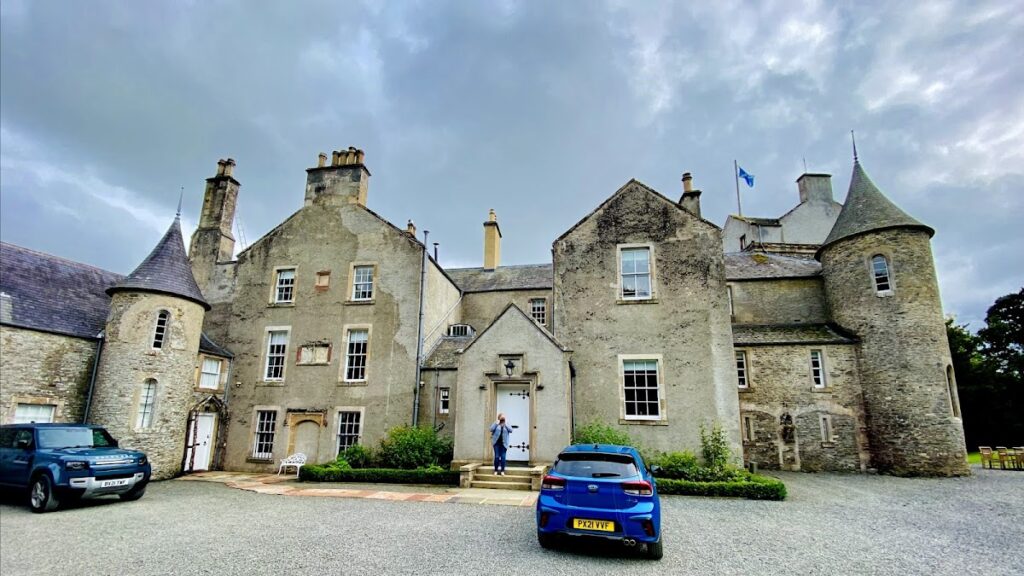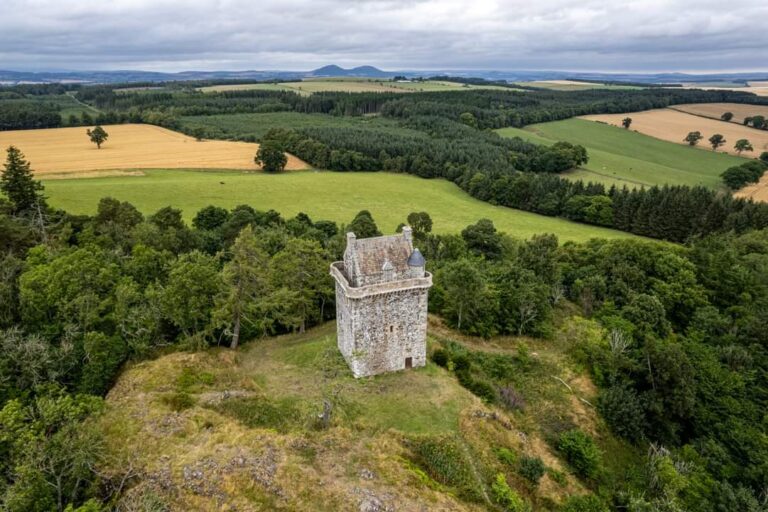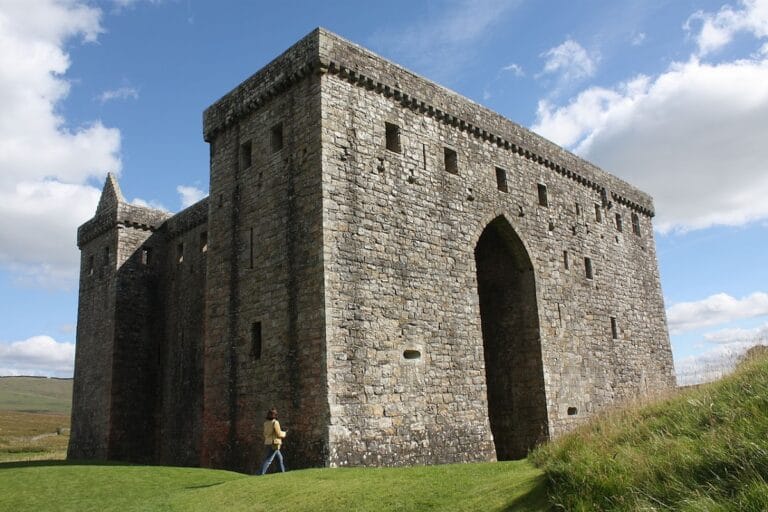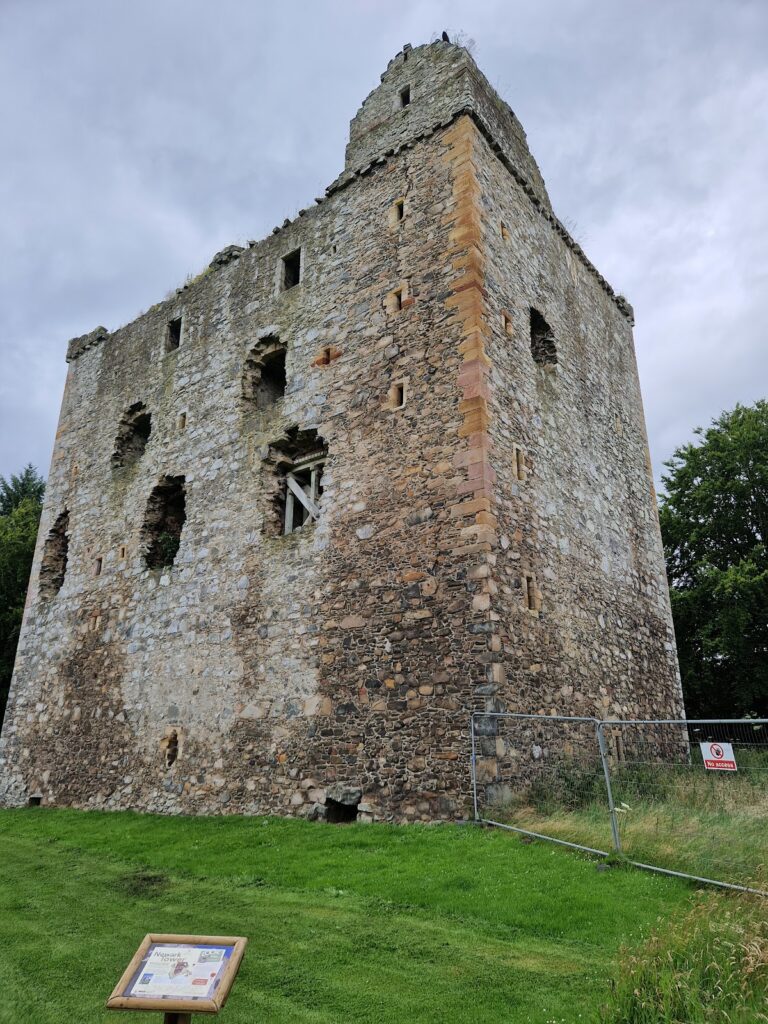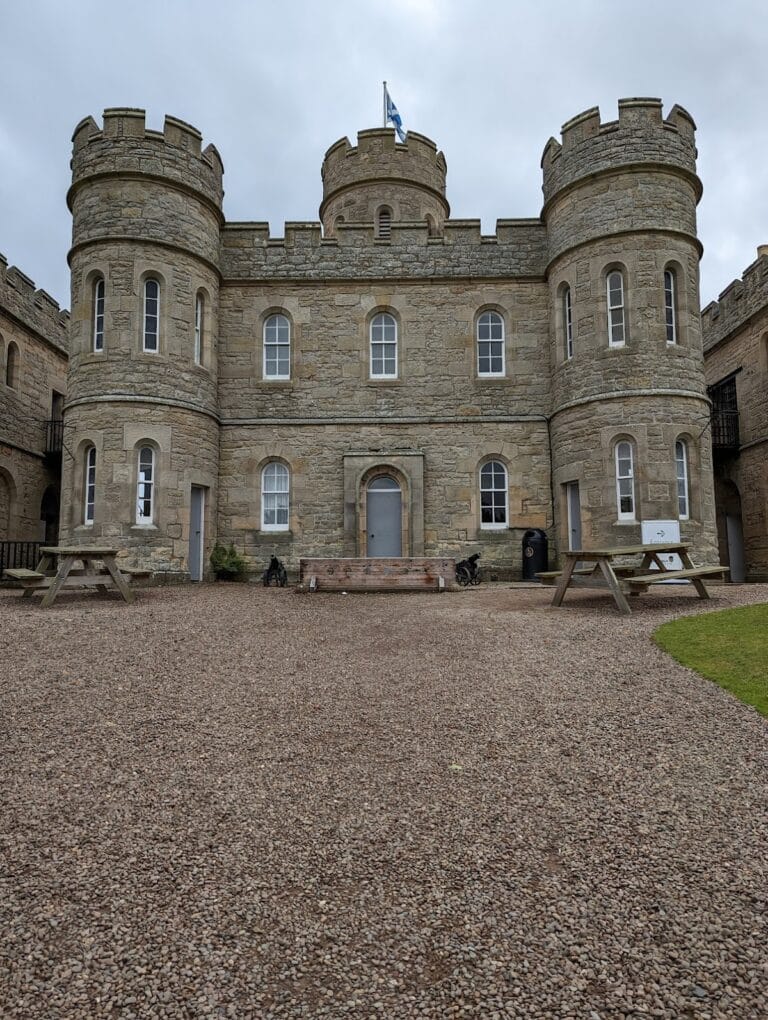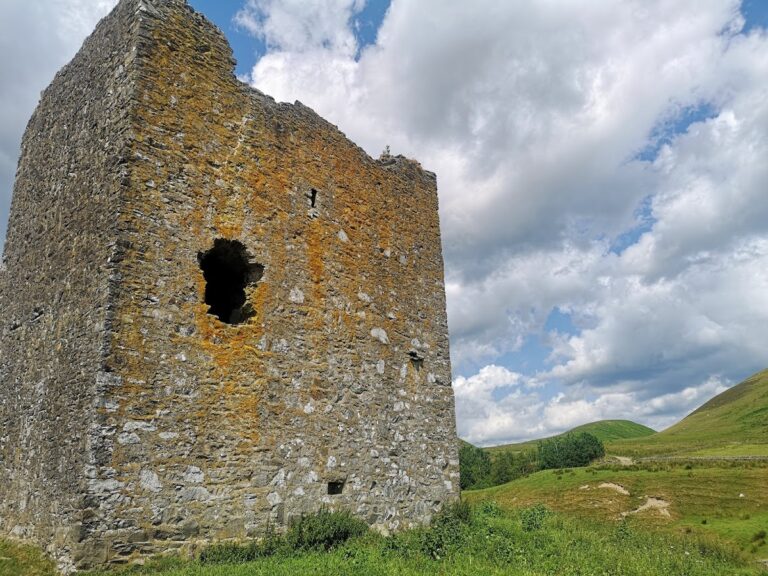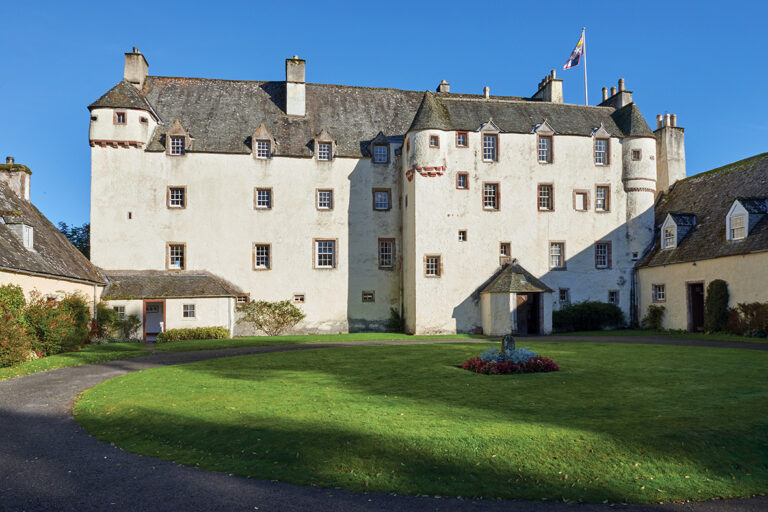Branxholme Castle: A Historic Scottish Border Fortress and Residence
Visitor Information
Google Rating: 4.9
Popularity: Very Low
Google Maps: View on Google Maps
Official Website: www.branxholmecastle.co.uk
Country: United Kingdom
Civilization: Unclassified
Remains: Military
History
Branxholme Castle is situated near the town of Hawick in Scotland. It has been under the ownership of Clan Scott since the early fifteenth century, marking its origins within the medieval Scottish Borders.
The castle’s early history is marked by conflict and destruction. The original tower suffered burning at the hands of the Earl of Northumberland in 1532. During the War of the Rough Wooing—a series of military campaigns in the mid-1500s—the castle’s defenses proved resilient. In 1547, it withstood English attacks, leading invaders in 1548 to report that artillery was necessary for its capture. However, in 1570, members of the Scott family themselves deliberately damaged the castle by slighting, a process of destroying fortifications to prevent enemy use. That same year, an English force commanded by the Earl of Sussex and Lord Hunsdon completed the castle’s demolition using explosives.
Rebuilding commenced swiftly. Beginning in 1571, Sir Walter Scott of Buccleuch initiated reconstruction efforts that were completed in 1576 under the direction of his widow, Margaret Douglas. Throughout this period of unrest, the Scott family played important roles as Wardens of the Middle March, a key administrative and military position overseeing one of the border regions frequently affected by Anglo-Scottish conflicts.
In the nineteenth century, Branxholme Castle underwent significant alterations. In 1837, the architect William Burn was commissioned by the fifth Duke of Buccleuch to remodel the structure extensively, integrating the older elements into a more modern mansion setting. This reflected a shift from purely defensive architecture to a residence reflecting status and comfort.
Recognised for its historical importance, Branxholme Castle was designated a Category A listed building in 1971, highlighting its standing as a structure of national significance within Scotland. The castle’s long-standing heritage also inspired cultural connections abroad, such as the naming of Branksome Hall School in Toronto, which received a replica of a mantle originating from Branxholme.
Remains
Branxholme Castle today retains elements of its original sixteenth-century tower house, which was constructed as a multi-storey defensive residence. The castle’s foundational layout historically formed a Z-shape with towers at both ends, a design intended to strengthen its defensive capabilities. This plan was noted in records from 1544 before the castle suffered successive attacks.
The tower house rises to five storeys, featuring vaulted basement chambers that would have served as storage or secure areas. A spiral staircase, called a newel stair, provides vertical access between floors, a typical feature in Scottish tower houses allowing defenders to control movement within the structure. Over time, this central tower was incorporated into later mansion constructions, blending medieval defensive architecture with residential expansions from the eighteenth and nineteenth centuries.
Situated at the northeastern edge of the castle complex stands the Tentyfoot Tower, a defensive bastion dating to the fifteenth century. Originally an integrated part of the castle’s outer defensive wall, this tower now survives only as a ruin. It maintains its own status as a Category A listed building but was recorded in 2012 as being in very poor condition and at high risk, reflecting the fragility of this surviving fragment.
Throughout history, Branxholme Castle has been surrounded by gardens and orchards, enhancing its setting and reflecting its role as a noble residence as well as a fortress. Large portions of the original tower house became integrated into the castle’s late eighteenth-century expansions, with William Burn’s nineteenth-century remodeling further altering the structure’s appearance and function. Today, the castle stands as a composite of these multiple phases, embodying both its martial origins and later adaptations.



